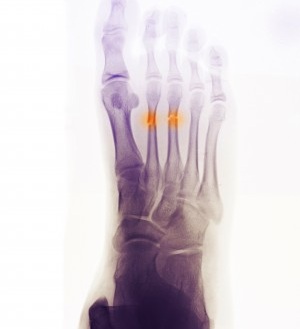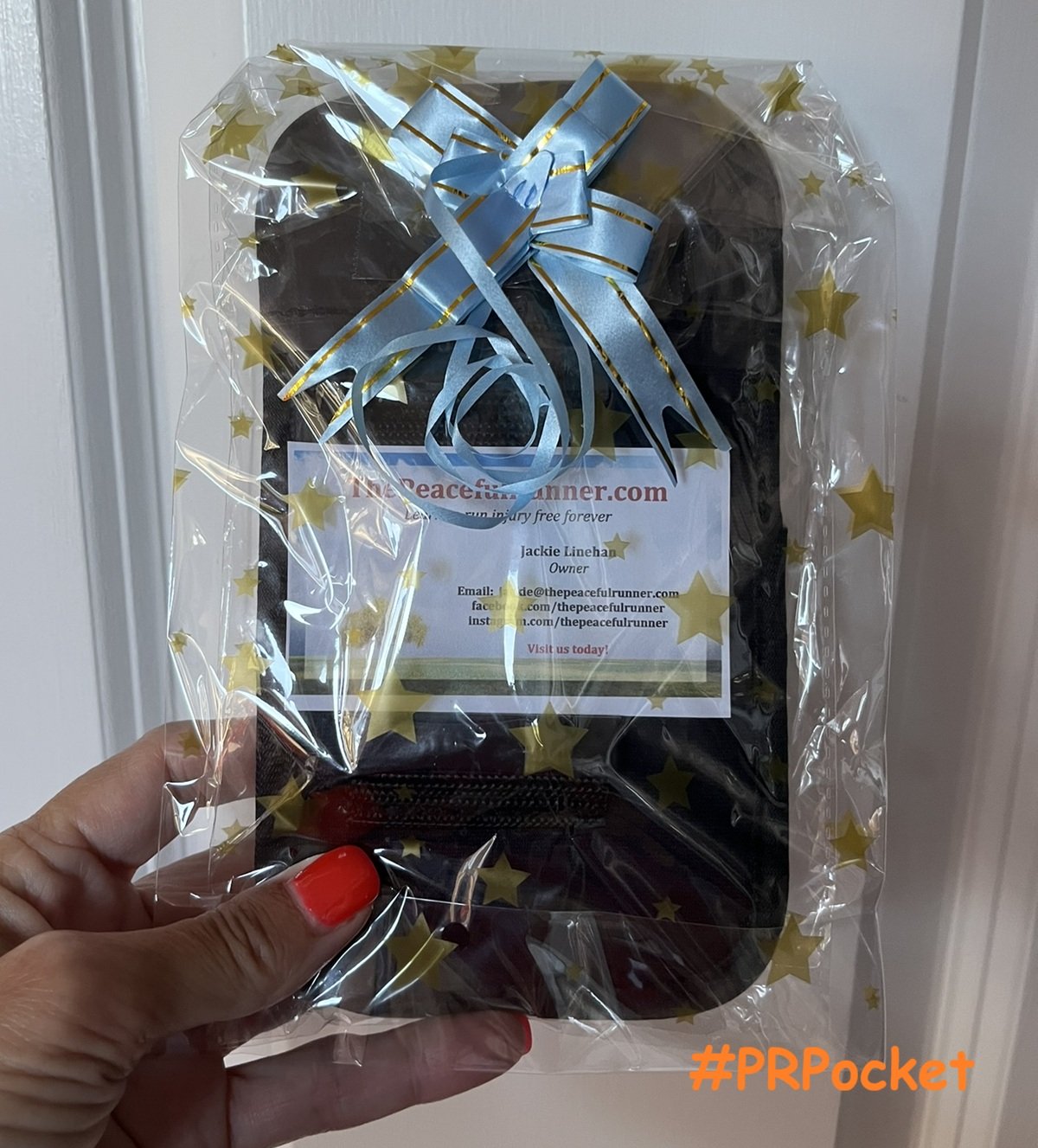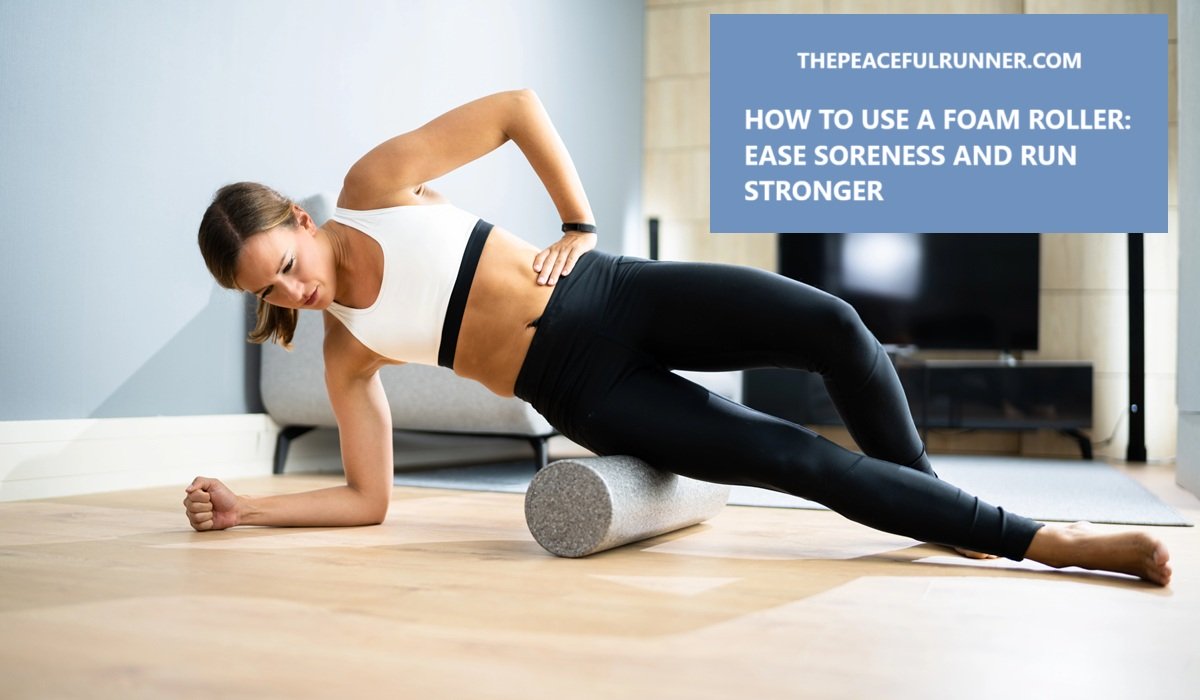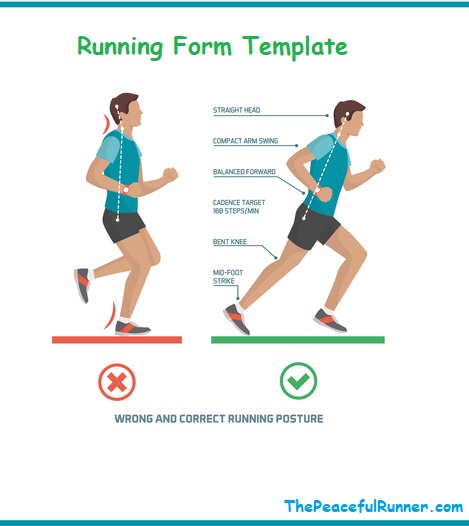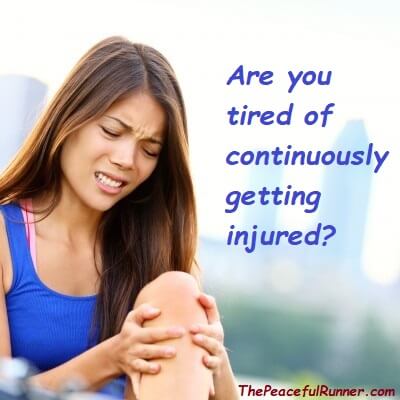- Home
- Running Injuries
- Stress Fracture
How to Avoid a Stress Fracture Injury
FTC Disclosure: As an Amazon Associate, I earn from qualifying purchases. Learn more
A stress fracture is a small crack in any of the weight-bearing bones of the body. This injury is usually caused by a repetitive force that the body cannot absorb. It can occur in any weight-bearing bone, but for runners it most commonly occurs in the foot (metatarsal) or shin (tibia) bones. It is also known as a hairline fracture or a fatigue fracture. A fracture in the foot is often referred to as a top of foot pain injury because that is where pain is usually felt.
These injuries are referred to as fatigue fractures because they occur when the muscles become fatigued and can no longer absorb the stress and protect the bone. The bone cannot absorb the shock and cracks. It is a common injury among long distance runners, and it is more common in women than in men. Women commonly experience bone density loss more so than men mainly because of menstrual irregularities.
Normally, a stress fracture injury has a longer recovery time than a soft tissue injury. It usually requires at least six weeks off from running, and it may take several months for the bone to become strong again. A stress fracture diagnosed in its early stages, referred to as a stress reaction, may only require a few weeks off from running. Hence, it is best to catch it early before too much damage is done.
How do I Know if I Have a Stress Fracture?
Stress fractures can be difficult to medically diagnose as x-rays will not initially show the fracture. After several weeks, it may show evidence around the affected area of the bone attempting to heal the fracture. To confirm a stress fracture, your physician will check the history of your injury and perform a physical exam. An MRI or bone scan may be required to confirm the presence of a fracture. However, the best indication of a fracture is the sudden onset of intense pain that is felt whenever you put weight on it.
There is usually tenderness and swelling in a specific point directly over the injury and an aching or burning pain is felt along the bone. Gently tapping on the bone will cause pain, which is not the case if you have a soft issue injury.
You will experience pain in the affected bone and it will get progressively worse if you continue to run or walk on it. The pain often subsides when resting and crutches can be a very helpful aid to recovery.
How to Avoid a Stress Fracture
A stress fracture can be caused by a number of factors. The most common is a rapid increase in training activity over a short period of time and not following a proper training plan. An increase in running duration or intensity should be done gradually and with regular easy weeks.
When a bone is stressed due to a change or increase in training, it is actually weaker for about a month before becoming stronger as a result of the training. This is why it is never a good idea to keep increasing workout intensity without recovery periods. Rather than increasing 10 percent each week as is often advised, perhaps cutting back every 3 or 4 weeks would give your bones the rest they need to get stronger safely.
Another common cause of a stress fracture is a flawed running posture, which has a slower running cadence (steps per minute) than is recommended. Runners need to aim for 180 steps per minute. A slower cadence places more stress on the bones as contact with the ground is longer and more intense.
Over striding can also be a contributing factor. Ensure your foot lands directly under your center of gravity. Minimal running shoes can help with this as they discourage heel striking and over striding.
How to Get Back to Running
The most commonly recommended way to fully recover from a stress fracture is rest, which usually requires six to eight weeks off from running. However, from my experience with a metatarsal stress fracture, acupuncture really helped speed my recovery from top of foot pain. But if you have pain, you must not run or you risk causing more damage and a much longer recovery time. Do not put weight on the area if it causes pain. Crutches or a cast may be necessary. A good guideline to follow is: If it causes pain, don't do it!
What you can do while recovering...
Ice the area to reduce swelling and do other safe activities to maintain your fitness. Safe activities include deep water running, swimming, spin classes or if you can find a gym or health center near you with an AlterG anti-gravity treadmill, it will help you maintain your fitness while you move unrestricted and without pain. Also, be sure to eat well and include lots of calcium-rich foods. This is especially important for women to maintain bone strength.
To speed healing, listen to a Guided Running Injury Healing Meditation.
You should be pain free for two weeks before returning to running. When you return to running, you may experience phantom pains, which is quite common after an injury. These pains feel similar to how the injury felt and are often the result of a fear of getting re-injured. To ensure that what you are experiencing is only phantom pain, ask yourself these questions: Is the pain constant and does it get worse while running? If the answer is yes to either, stop running. If the answer is no, continue to run and use an affirmation to help you overcome the fear of injury.
When you get back to running regularly, work to improve your running form, particularly if you tend to over stride or need to increase your cadence. This will help prevent recurrences.
Other articles you may also be interested in:
Shin Splints
9 Tips for Injury Prevention
Back to top of Stress Fracture Injury
Return to Are You Prone to Running Injuries?
- Home
- Running Injuries
- Stress Fracture
FTC Disclosure: As an Amazon Associate, I earn from qualifying purchases. Learn more
NEW FEATURE - DISQUS COMMENTS!
Login using Facebook, Twitter, Google or Disqus.
Recent Articles
-
Winter Running Tips and the Best Waterproof Running Shoes
Nov 15, 25 01:55 PM
-
When the Music Stops, Awareness Begins
Nov 05, 25 10:54 AM
-
Get yours in time for gift giving!
Oct 24, 25 12:32 PM
-
Change How You Deal with Running Pain
Oct 10, 25 08:53 AM
-
Surprising Benefits of Backwards Running
Sep 15, 25 12:40 PM
-
It's an Awesome Product!
Aug 28, 25 09:25 AM
I went out for a walk this morning and I used the #PRPocket for the first time. I had to check at least 3 times because I thought I lost my phone (iPhone -
Running in Hot Weather: What Every Runner Needs to Know!
Aug 14, 25 01:00 PM
-
Sick of Dieting? You’re Not Alone — And There Is a Better Way.
Jul 30, 25 12:18 PM
-
Tips and Drills to Improve Your Running Cadence
Jul 25, 25 12:52 PM
-
Give Yourself a Self-Myofascial Release at Home with a Foam Roller!
Jun 28, 25 07:19 AM


